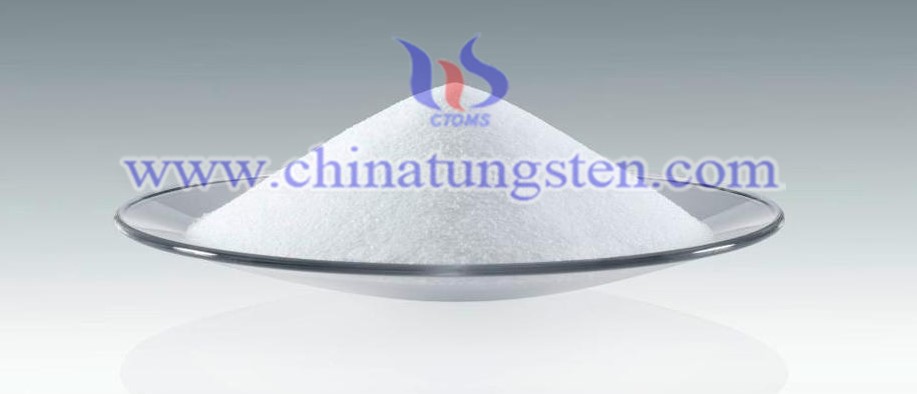Thermal Decomposition Behaviors of Ammonium Paratungstate (APT) in Hydrogen
- Details
- Category: Tungsten Information
- Published on Monday, 01 June 2020 20:17
Ammonium paratungstate (APT) is regarded as an important precursor of many tungstic product. A major product from thermal decomposition of APT is tungsten trioxide (Wo3), which is the active phase in tungsten-based catalysts. Furthermore, it is applied in varied field of gas sensors, catalysis, electrochemistry, and photocatalysis owing to its excellent gasochromic, acidity, electrochromic and photochromic properties. Meanwhile, tungsten trioxide, with a band gap between 2.4 and 2.8 eV, is a visible light response catalyst with stability under acidic conditions, which makes it a suitable choice for the photocatalytic oxidation of organic pollutants under solar irradiation.
The common preparation method of tungsten-based catalysts is through thermal reduction /calcination of ammonium paratungstate. Wo3 is considered as an important intermediate in thermal decomposition of APT, thus characterizing the thermal decomposition behavior or to estimate the different kinetic parameters for the decomposition steps is necessary.

Scientists have studied on this topic and conducted some experiments. X-ray diffractometry, infrared spectroscopy and diffuse reflectance spectroscopy were used to characterize and identify the intermediate products. It was found that ammonium paratungstate decomposes to tungsten metal wo through five main steps encompassing different tungsten intermediate compounds.The decomposition behavior and steps of APT in hydrogen can be concluded as follows:
1. Ammonium paratungstate, (NH4)10(W12O42)·7H2O dehydrates to (NH4)10(W12O42)·5H2O at temperature range 100-200°C.
2. (NH4)10(W12O42)·5H2O decomposes into ammonium tungsten bronze, (NH4)0.33WO3 at temperature range 200-250°C.
3. (NH4)0.33WO3 shows a relative stability at temperature range 250—575°C, as it is a very slow mass loss process results as the partial transformation into H0.33Wo3 and/or WO3.
4. The compounds above are decomposed into Wo2 and metallic tungsten at 600 °C, where complete reduction into metallic tungsten is achieved at about 730 °C.
Hydrogen spillover has greatly influenced the reduction behavior of APT. This effect can be clearly demonstrated after (NH4)0.33WO3 formation, which shows a relative thermal stability in a wide temperature range.
- APT Manufacturer & Supplier, Chinatungsten Online: ammonium-paratungstate.com
- Tungsten News & Prices of China Tungsten Industry Association: www.ctia.com.cn
- Molybdenum News & Price: news.molybdenum.com.cn
- Tel.: 86 592 5129696; Fax: 86 592 5129797; Email: sales@chinatungsten.com



 sales@chinatungsten.com
sales@chinatungsten.com